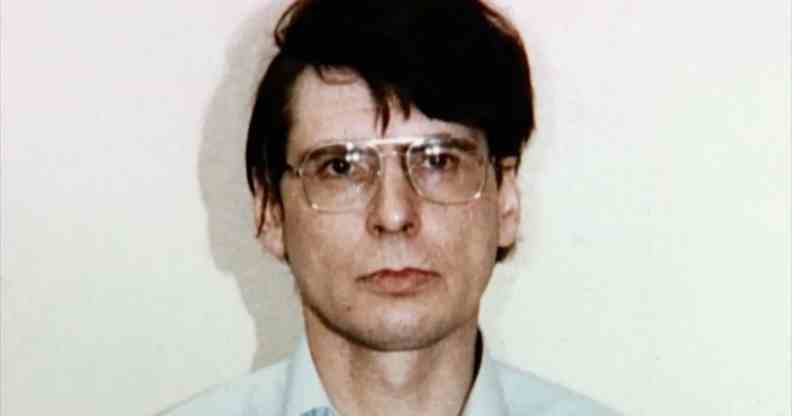Serial killer Dennis Nilsen’s ‘highly pornographic’ fantasies had to be cut from his beyond-the-grave memoirs

Serial killer Dennis Nilsen. (ITV)
Serial killer Dennis Nilsen. (ITV)
The man who edited the memoirs of serial killer Dennis Nilsen has revealed that they included “highly pornographic” fantasies which couldn’t be published.
Nilsen, who died in 2018, was a necrophile and one of the UK’s most prolific serial killers who targeted gay and homeless men.
He was jailed for life in 1983 after a six-year spree which saw him murder at least 12 men and boys and attempt to kill seven others.
Nilsen’s killing spree was only brought to an end when police found human remains clogging the drains outside of his home. It was later discovered that he had boiled, burned and sometimes flushed the dismembered bodies of his victims.
While in prison, the killer penned his memoirs, but the 6,000 pages of notes were banned from publication by the Home Office in 2003. After his death, however, this ban was lifted.
Mark Austin, who knew Nilsen for 27 years, edited the memoirs and published them this month in a book titled History of a Drowning Boy. Netflix is also in the process of creating a feature documentary based on the book.
Austin told Vice that he became aware of the serial killer when he read Brian Masters’ 1985 book about Nilsen, Killing for Company. He said he was “interested”, and contacted Masters, who showed him some of Nilsen’s notebooks.
Austin and Nilsen soon became penpals and eventually met in person in 1992 when he was transferred to Whitemoor Prison in Cambridgeshire.
He said: “Bit by bit, he would hand out materials as they accumulated, so every few months he would hand out big boxes because he couldn’t keep them in the cell.”
Austin’s “archive” included Nilsen’s autobiography, while the inmate was unsuccessfully trying to publish it.
After Nilsen’s death, Austin decided to put the material together, “not for any financial game – any profit is due to go to charities – but just to have his own story there”.
Although Austin “worked to keep it as true to his original intent as possible”, he revealed there were some parts of Nilsen’s notes that could not be published.
He said: “Some sections of it, like when Des describes his dreams and fantasies, were massively cut down.
“They were highly pornographic, and we only included about five percent of the material.
“We would never have got it published if I’d left lots of that kind of stuff in.”
Austin has held onto the full 6,000 pages of original notes, however, and said he will make them available “to anybody who seriously, academically wants to check that what is in the book is actually accurate, and is a good representation”.
The families of Dennis Nilsen’s victims feel the killer is “laughing at them from beyond the grave”.
The graphic details included in History of a Drowning Boy have prompted fury from the families of Dennis Nilsen’s victims, who feel the book should never have been made public, the Sunday Times reports.
One bereaved relative said it was as if Nilsen is “still laughing at us from beyond the grave”, while the sister of survivor Carl Stottor suggested the book was “morally wrong”.
“Carl fought all his life to have those memoirs stopped,” said Julie Bentley. “When that evil man died, I thought it was over. Why should he have his say when the victims can’t have their word?”

